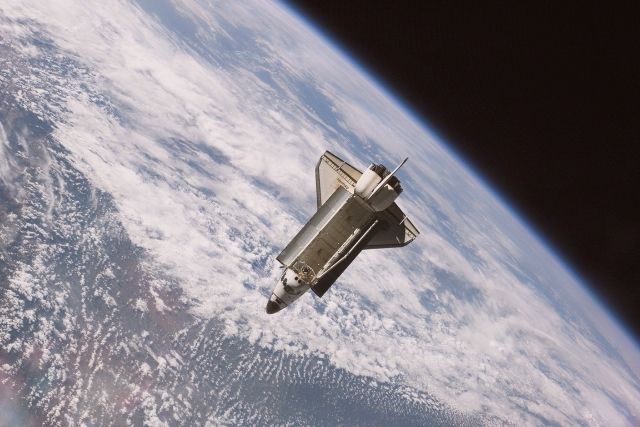In a move that sounds more like science fiction than reality, T-Mobile has just pulled off a world-first by sending a wireless emergency alert (WEA) via SpaceX’s Starlink satellite network. This isn’t just a cool tech stunt—it’s a major leap forward in ensuring that no one is too remote to receive critical, life-saving information.
Emergency Alerts with a Cosmic Twist
Here’s the rundown: T-Mobile recently conducted a test where a hypothetical evacuation notice was beaming 217 miles into space. One of Starlink’s 175 direct-to-smartphone satellites caught the message and then zipped back down to T-Mobile phones on the ground—all in mere seconds. This rapid relay of information is a game-changer in the world of emergency communications.
Imagine being in a disaster zone where traditional cell towers are down, or living in a remote area where cellular coverage is spotty at best. With this new technology, those worries could soon be a thing of the past. T-Mobile’s partnership with Starlink aims to make sure that emergency alerts can reach even the most isolated locations, effectively turning the entire sky into a communications network.
Saving Lives with Satellite Alert
T-Mobile CEO Mike Sievert didn’t mince words about the importance of this advancement. Reflecting on the 2018 Camp Fire in California, where a blaze obliterated traditional communication lines, Sievert noted that if this satellite-enabled system had been in place, the outcome could have been very different. Thousands of people struggled to communicate with loved ones and emergency services as the fire raged on. A satellite-based system would have bypassed the destruction on the ground, delivering critical information directly to those in harm’s way.
The implications are enormous. By leveraging SpaceX’s growing constellation of satellites, T-Mobile is poised to offer emergency coverage across vast, sparsely populated, or otherwise inaccessible areas. This isn’t just about convenience—it’s about saving lives when every second counts.
Coverage from Coast to Cosmos
With over 175 Starlink satellites already in orbit and more scheduled for launch, T-Mobile’s new emergency alert system could soon provide coverage in places where traditional networks simply can’t reach. Whether you’re in a mountainous region, a remote desert, or out at sea, the combination of T-Mobile’s network and Starlink’s satellites could ensure that you’re never out of the loop when it matters most.
So, what’s next? T-Mobile plans to enter a beta testing phase before rolling out the technology on a broader scale. Once it’s live, this could usher in a new era of emergency communication, where reaching out for help—or receiving crucial alerts—is as easy as a click, no matter where you are on Earth.



